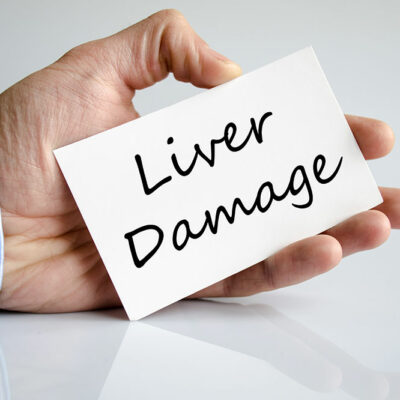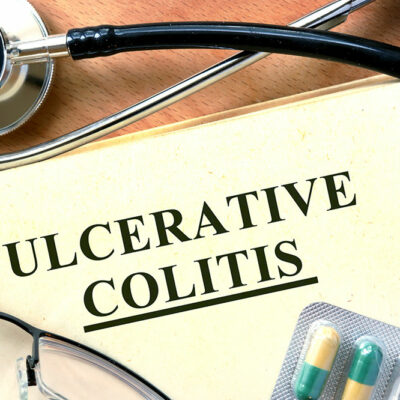
health
5 household items that may cause cancer
While daily tasks have become easier with the invention of products that help keep homes safe and increase efficiency, it is important to know the risks of such seemingly harmless everyday items. While some household products can pose physical harm due to their design, many have been linked with an increased risk of diseases like cancer. One should also lower the risk of being exposed to carcinogens found in daily objects and find safer alternatives. Scented candles Many scented candles available today are made with products like petroleum, paraffin, and perfumes. Because of these ingredients, when the candle is lit and the burning process starts, the fragrance one can smell is just harmful chemicals and smoke. These chemicals have carcinogenic properties that are harmful to the body. So, one should check the ingredients in such products and avoid using them too often. One can always choose candles made using soy wax, which is a healthier alternative. Asbestos roofing and insulation Asbestos is a group of naturally occurring fibrous minerals known to be resistant to heat and corrosion. Because of these unique properties, asbestos is used extensively, for example, in insulation, fireproofing materials, wallboards, and automotive brakes. The risk here rises when fibers break and can easily be breathed in and get lodged inside the lungs.




















